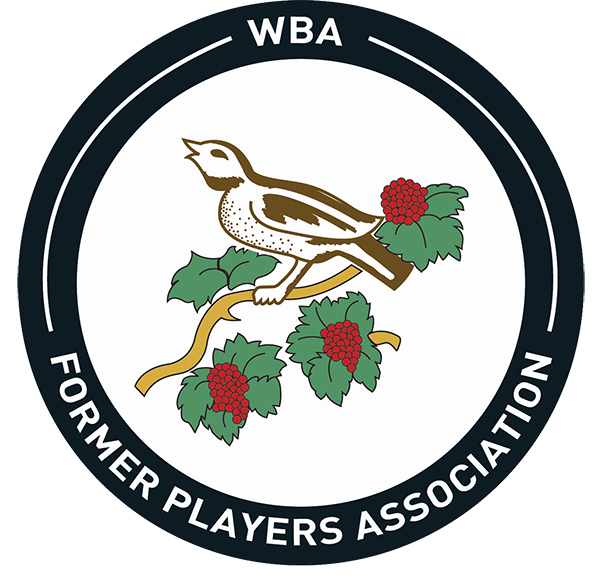Finishing eighth in the Second Division in 1928 and seventh a year later in 1929, and anxious to maximise Albion’s chances of promotion back to the top flight again, Fred Everiss made another journey to the North East to make what was undoubtably one of the most pivotal signings of his West Bromwich Albion managerial career, snapping up a bus conductor and part time professional from Hartlepool United, by the name of William Richardson, predominantly as a back-up ‘deputy’ for the prolific Jimmy Cookson, who was piling up the goals for Albion in the Second Division, Cookson actually eclipsing Fred Morris’s record of 37 goals in 1920, netting no fewer than 38 in 1928, which included ALL SIX in a Hawthorns League game against Blackpool on September 17th 1927. By the time Richardson arrived at the club, Cookson had added another 54 goals to his total, netting 33 at the end of the 1929/30 season. Richardson would make his first team debut at centre forward for the ‘Throstles’ against Millwall at The Hawthorns on Boxing Day 1929, in Albion’s 6-1 ‘mauling’ of the ‘Lions’, stepping up when Cookson was injured, and scoring on debut along with Joe Carter, Tommy Glidden and Stan Wood. Richardson made a total on nine appearances that season, added one goal to his early tally, in a 4-2 win against Barnsley at The Hawthorns on January 18th 1930.


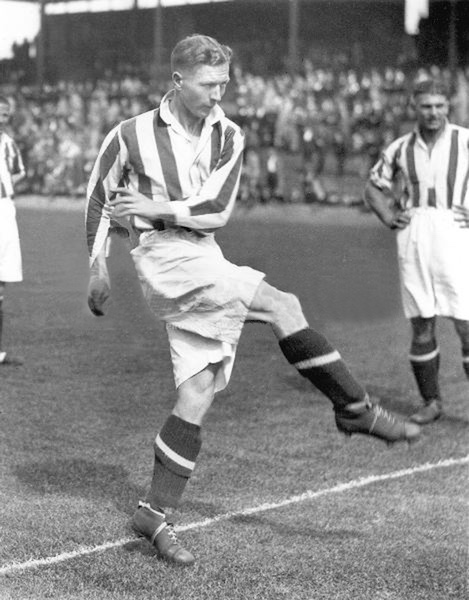
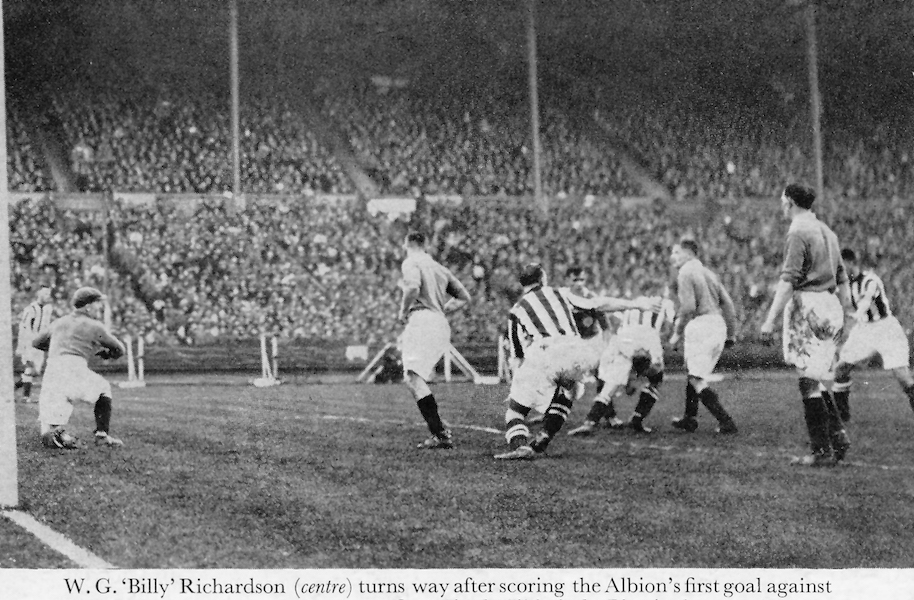
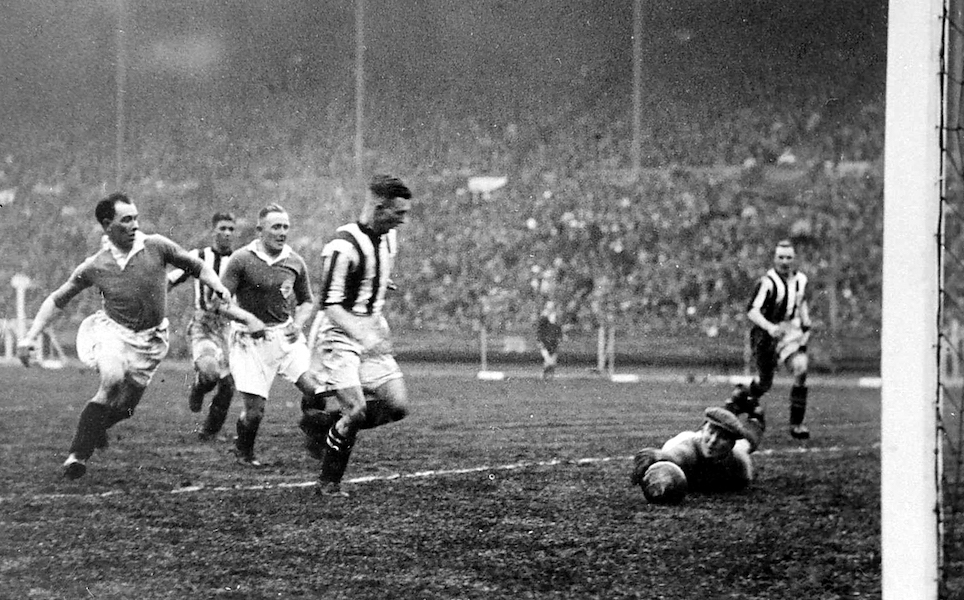

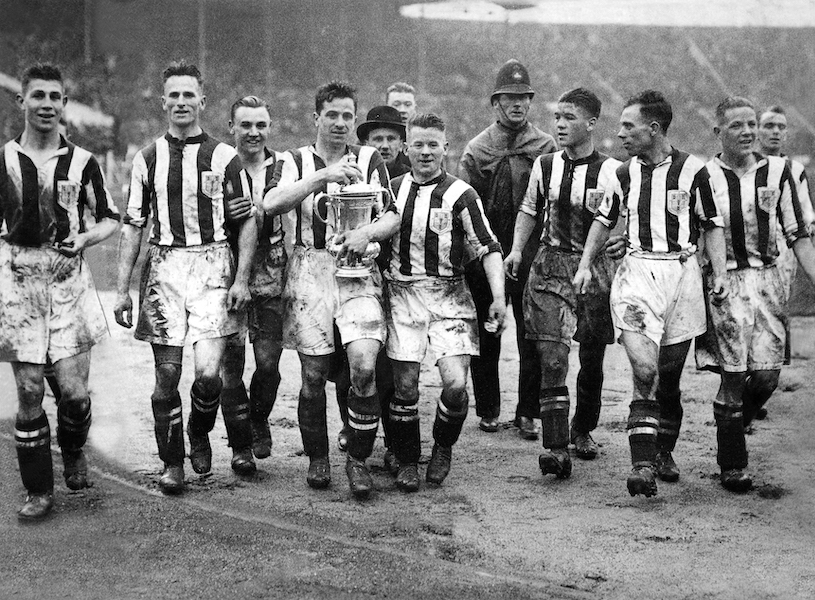

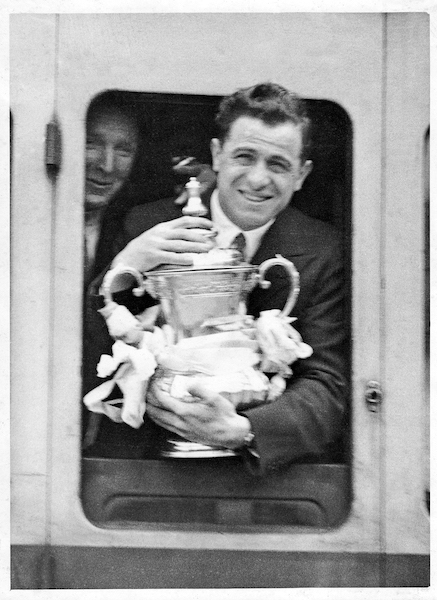





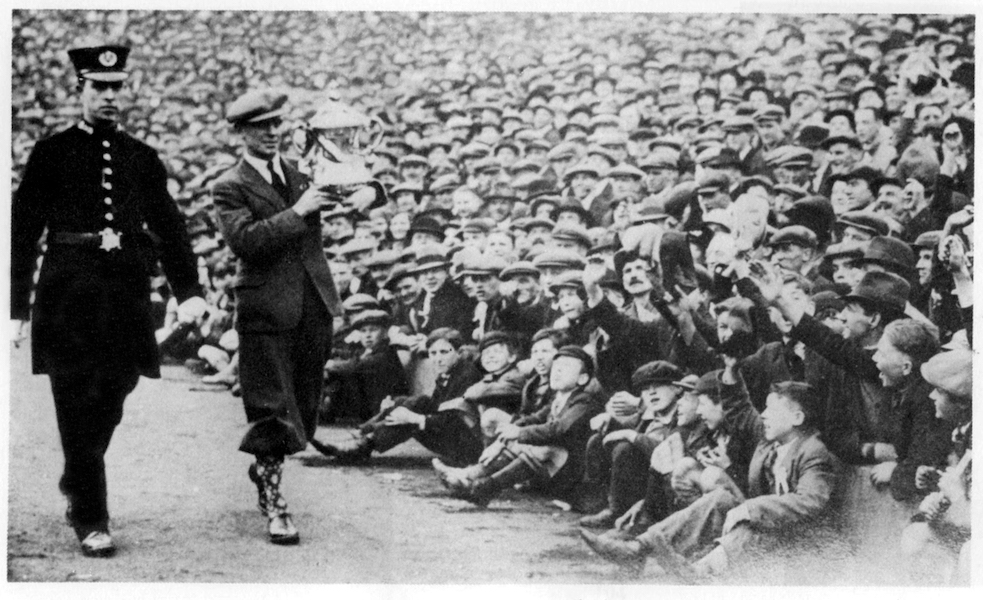

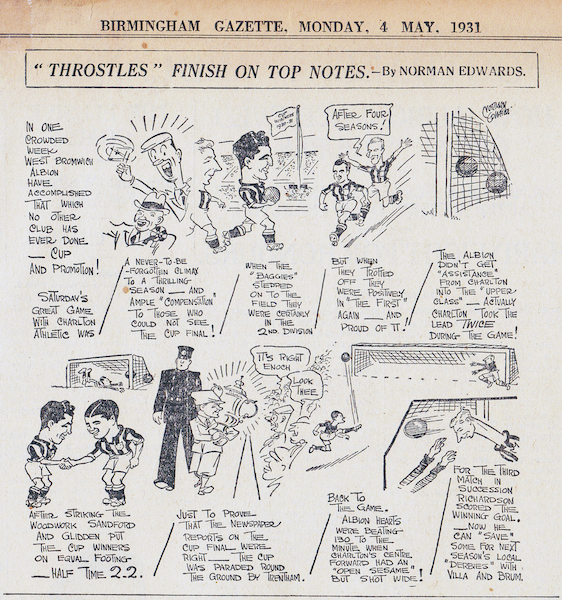
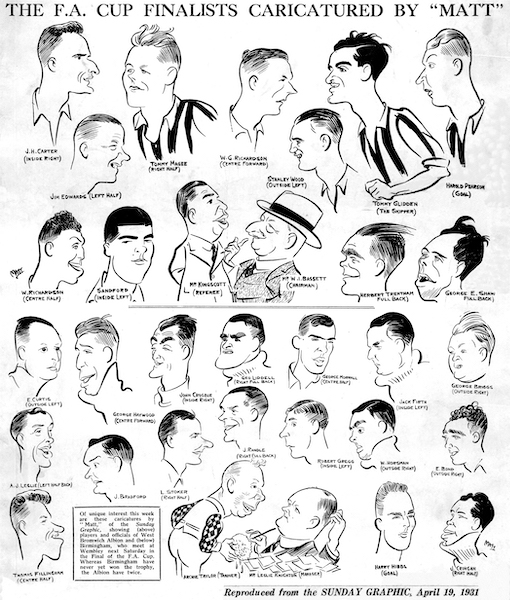


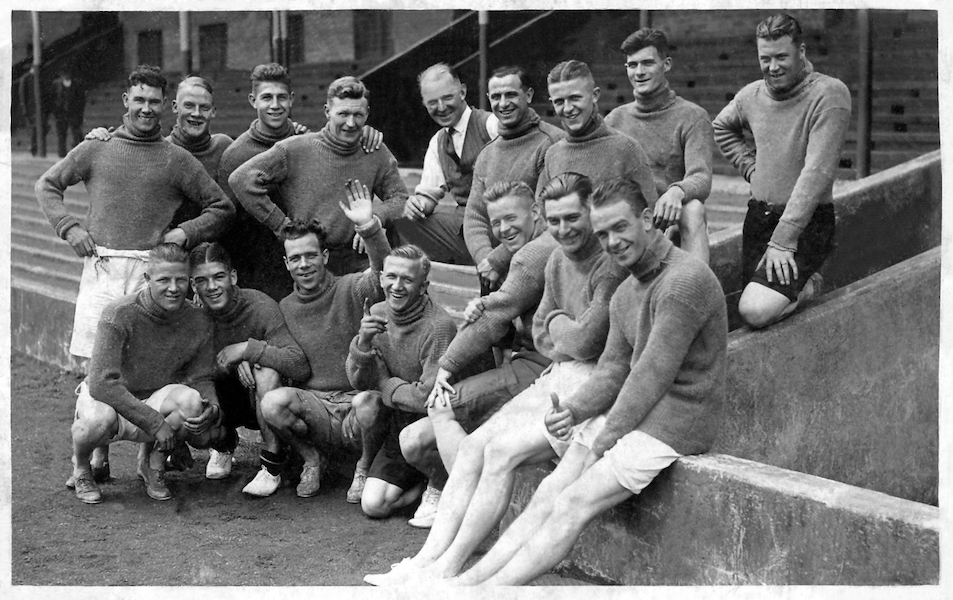
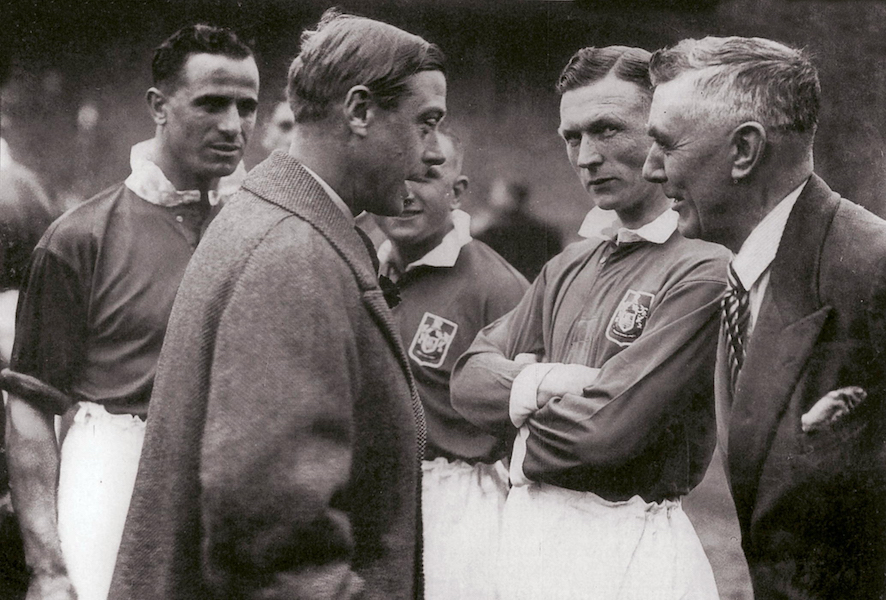
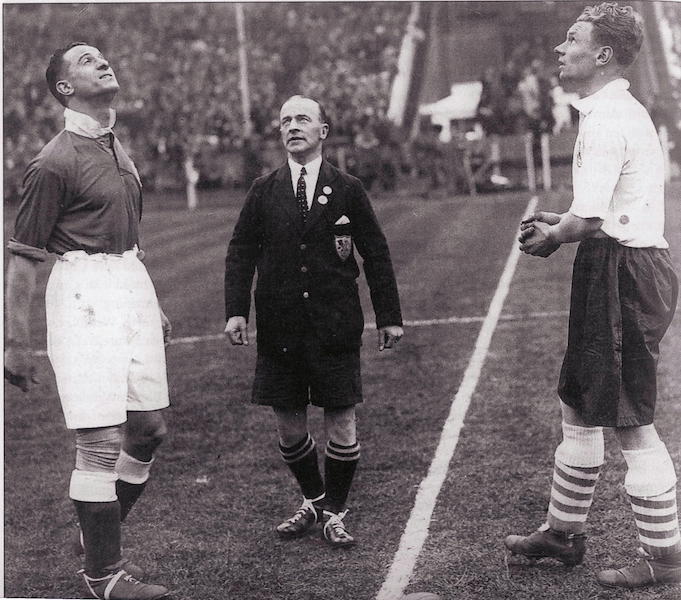

When Richardson arrived at The Hawthorns, it was quickly realised that Albion already had a William Richardson on their books, Albion’s highly talented centre half, and Fred Everiss as ever the innovator, with a little help from trainer Fred Reed I understand, duly nicknamed the ‘new’ William Richardson ‘Ginger’ a nod to the new boy’s mop of ginger hair, declaring that the new arrival would forever be known as ‘WG’ Richardson, and it would not be long before the young man from the North East, who had been ‘banging’ in the goals in the Central League with the reserves, fifty in all, would be doing the same in the first team when Cookson was seriously injured at Tottenham on the 22nd November 1930.
‘WG’ Richardson was quickly given another opportunity to show what he could do, and scored twice on his ‘second debut’ against Nottingham Forest at the City Ground a week later on Saturday 29th November, as Albion romped home 6-1. They were the first of eighteen League goals that Richardson would rattle off in that ‘unique’ 1930/31 season, a season that would forever be dubbed as much, with the ‘Throstles’ triumphant at Wembley in April 1931 beating neighbours Birmingham in the F.A Cup Final, Richardson scoring both goals, and a week later the triumphant ‘Throstles’ achieving promotion back to the First Division courtesy of Richardson, who scored the winner at Stoke on the penultimate match of the season, and then another winner in the 3-2 Hawthorns thriller against Charlton Athletic on May 2nd which clinched that historic return to the top flight. Richardson’s tally of 25 goals including those scored in the F.A Cup and a friendly, cemented his place in the Hawthorns history books forever.
‘WG’ Richardson would go on to re-write those history books with goal-scoring feats that would be unsurpassed until that is, the arrival of young Mancunian by the name of Tony Brown nearly thirty years later. ‘WG’ would top the club’s scoring lists for the next eight consecutive seasons, virtually to the outbreak of the Second World War in 1939, breaking all the club records along the way, scoring an amazing forty goals in 1936, a season that would see Albion actually ‘flirting’ with relegation once again, ‘WG’ scoring four times in an historic 7-0 demolition of Aston Villa, at of all places Villa Park. Villa would be relegated that season, and two years later on the brink of the Second World War, Albion would also find themselves demoted to the Second Division, as the League programme was dramatically suspended in favour of war-time competitions, where players contracts as such, were ‘ripped up’ as they were called up to fight for their country, or alternatively work in war-time occupations, as well as representing other clubs as ‘guest’ players, which was both a novel and successful use of their talents. Albion would in fact ‘hire’ forty two guest players during the hostilities, including many big names of the time, including Gilbert Merrick, Birmingham City’s goalkeeper, Peter Docherty of Manchester City, Eddie Hapgood and Laurie Scott of Arsenal and George Hardwick of Middlesbrough. All great players and all seasoned internationals, who Fred Everiss in one way or another persuaded to pull on their boots and play for the Albion, although Peter Docherty was at ‘odds’ with Fred for one reason or another, and said as much in his great 1947 book ‘Spotlight on Football’.
Richardson in fact, would only play for Albion during the hostilities, despite a few games towards the end of the war for Shrewsbury Town, a club he would eventually play for in non-league football in 1945 after quitting The Hawthorns at the end of the war, after scoring 123 goals in 106 appearances for the ‘War-time Throstles’ including two goals in the Midland Wartime Cup Final in 1943, when Albion lifted the trophy beating Nottingham Forest in the two legged Final. His war-time record was ‘topped’ only by William Bethwaite Elliott, ‘Billy’ to his friends, who scored an amazing 128 goals in and equally amazing 169 appearances. Elliott and Richardson were also among the many Albion players that won representative honours with various sections of the armed services during the hostilities, including in Richardson’s case the British Police team – Richardson a ‘Special Constable’ in the West Bromwich Police during the war – and the Civil defence side. In all Albion games, William ‘Ginger’ Richardson would score 346 goals in 463 appearances for the club from 1929/30 to 1944/45, a quite amazing record, by an amazing footballer, who would become the first Albion player to score 200 goals for the club, when he netted in a 1-1 draw at Bramall Lane against Sheffield United in January 1939. His complete record can be viewed in my book ‘Ginger’ which was released in May 2025.
Having scored those two great goals in the 1931 Cup Final at Wembley, ‘WG’ was undoubtably looking forward to making it a ‘double’ win in the thirties, as the ‘Throstles’ against many odds, fought their way through to yet another Cup Final in 1935, having disposed of Port Vale, Sheffield United, Stockport County, Preston North End – in a thrilling quarter Final and Bolton Wanderers in a replayed Semi-Final, resolved at the second time of asking at the Victoria Ground Stoke, for the right to face Sheffield Wednesday at Wembley. Sadly, there would be no Wembley glory on this occasion, as the men from the ‘steel’ city deservedly won the cup on the day, beating Albion 4-2, not without a fight it has to be said, Ted Sandford and Wally Boyes scoring Albion’s goals.
Two years later, Albion would be within one game of getting to Wembley for a third time in the decade, as they prepared to face Preston North End in another Semi-Final, at Highbury, the palatial home of Arsenal FC, having defeated non-league Spennymoor United, Darlington, Coventry City, and Arsenal 3-1 in a Hawthorns Quarter Final thriller, in front of Albion’s record home attendance 64,815, a record of course that still stands today and is highly unlikely to ever be topped……
